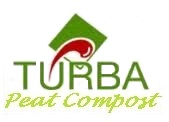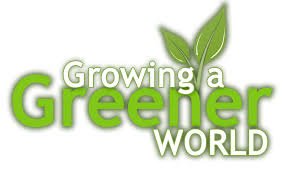EC and TDS measurements and effects on plants
-----------------------------------------------------------------------------------------------------------------------
Answer: Standard reference solutions are
used. The bottles are marked with the conductivity
(EC) value in milliSiemens/cm and the corresponding
ppm values for sodium chloride (NaCl) and
potassium chloride (KCl) solutions, and sometimes
for a "442" reference mixture.
The conductivity of sodium chloride solutions
is close to that of hydroponic mineral nutrients,
so a "1000-ppm NaCl" standard is
most frequently used when calibrating the
meter for hydroponic solutions. You should
follow the calibration instructions in the
manual, which the manufacturer of your meter
provided.
Answer: The electrical conductivity (EC)
of your nutrient results from motion of mineral
ions when the meter applies an electrical
voltage. The ppM value of a sodium chloride
solution happens to be very close to half
of its conductivity value (in milliSiemens/cm),
so many meters display the conductivity as
an equivalent NaCl amount
Answer: It is a common unit for measuring
the concentration of elements in the nutrient
solution. One ppm is one part by weight of
the mineral in one million parts of solution.
Answer: To obtain an approximate sodium chloride
TDS value, multiply the EC reading (in milliSiemens/cm)
by 1000 and divide by 2.
To get an EC value, multiply the ppm reading
by 2 and divide by 1000.
Thus, if your EC is 1:
1*1000/2= 500 ppm.
And if your ppm is 500:
500*2/1000= 1 EC
Answer: If you have plant nutrient recommendations
in EC units, an EC meter is convenient. If
your plant nutrient recommendations are in
ppm values, a sodium chloride TDS calibration
is easier to use.
Nutrient
EC (milliSiemens/cm) TDS meter (NaCl standard)
3:2:1
2.3-2.5
1350-1450
2:2:2
2.2-2.4
1300-1400
1:2:3
2.1-2.3
1250-1350
Answer: Conductivity is a measure of the
strength of the nutrient solution. The higher
the conductivity, the more dissolved solids
there are in the solution. Delicate plants,
cuttings, and seedlings can experience fertilizer
burn if the conductivity is too high. Once
the plants begin growing, they need a stronger
nutrient solution, so conductivity must be
increased by adding concentrated nutrient.
Some plants prefer a milder nutrient strength,
while others grow better and produce better
quality fruit with a higher concentration.
Answer: Conductivity is really a measure
of the nutrients in the solution. Low conductivity
implies a low nutrient concentration, which
usually results in nutritional deficiencies
and slow growth rates of your plants. One
can look at the situation, as a higher conductivity
is more food for your plants. However, be
careful of very high levels as this can burn
and or kill the plant.
Answer: Ventilation is often overlooked as
a problem. Plants absorb nutrients when the
water molecules in the leaves respire (i.e.
evaporate). Better ventilation aids a high
transpiration rate, which translates into
a greater rate of nutrient uptake. Remember
that ventilation means changing the air,
not just blowing it around the room (circulation).



